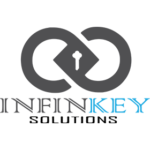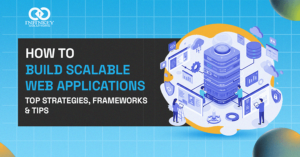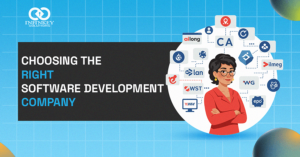Lean Management in Healthcare
Lean Management is a smart and efficient way of running any organization. It focuses on doing more with less, less time, less money, and fewer resources, without sacrificing quality. The main goal is to cut waste, improve workflows, and smooth processes. In simple terms, Lean helps businesses work better, faster, and smarter. But where did this powerful approach come from?
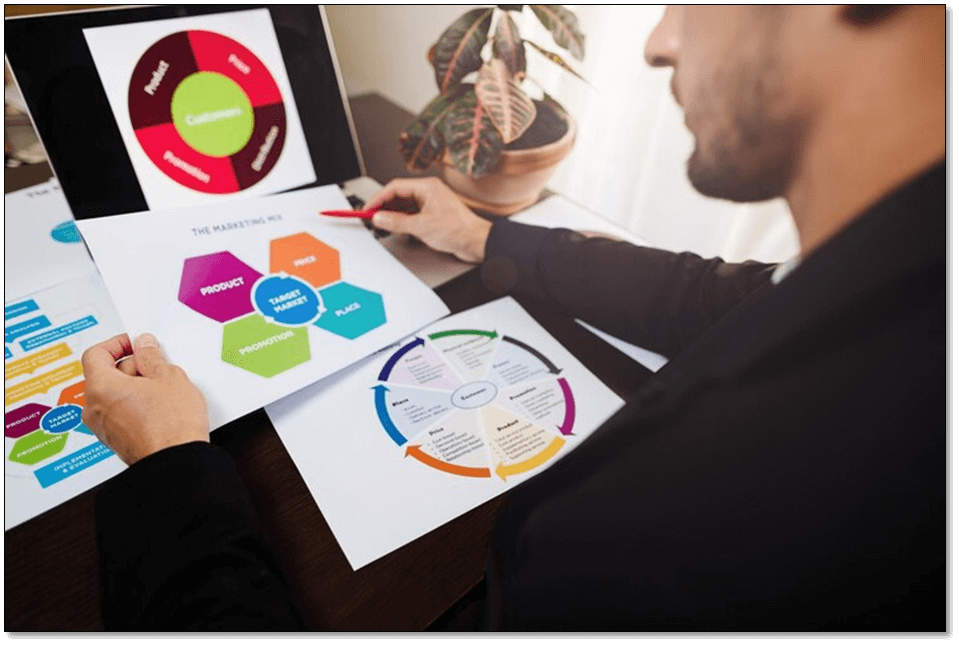
Lean Management was first developed in the manufacturing industry, especially by Toyota in Japan. Over time, this approach was adapted to other fields, including healthcare. In hospitals and clinics, Lean began to gain popularity in the early 2000s as a way to improve patient care, reduce delays, and eliminate unnecessary steps in treatment processes. Today, many healthcare organizations around the world use Lean to enhance the quality of service and patient satisfaction. As healthcare continues to evolve, the need for Lean principles becomes even more critical.
Lean Management
Modern healthcare systems face many challenges, including rising costs, staff shortages, long patient wait times, and complex processes. Lean helps solve these problems by making operations more efficient and patient-focused. By reducing waste, improving communication, and streamlining patient care, Lean ensures better results for both healthcare providers and patients.
Core Principles of Lean Management in Healthcare
To understand how Lean achieves these improvements, let’s explore its core principles in the healthcare setting.
Lean Thinking
Lean Thinking is a mindset that focuses on creating more value for patients by removing anything that doesn’t add value. It’s about understanding what patients truly need and designing healthcare services to meet those needs in the best and most efficient way. In Lean Thinking, improving the patient experience while cutting waste is the ultimate goal.
To put this mindset into practice, Lean Thinking is guided by five essential principles that shape effective and patient-centered healthcare systems.
The Five Key Principles of Lean
Lean is built on five powerful principles that help healthcare systems become more effective, patient-friendly, and organized.
Value (Patient-Centric Care)
Value in healthcare means delivering what truly matters to the patient, safe, timely, and effective care. Instead of just completing tasks, Lean asks: “Is this adding value for the patient?” Everything that doesn’t contribute to better care is considered waste.
Once the value is clearly defined, the next step is to understand the processes that deliver this value to the patient.
Value Stream Mapping (Identifying Processes)
Value Stream Mapping is a visual tool used to map out every step in a patient’s journey — from check-in to discharge. It helps healthcare teams spot delays, redundancies, or unnecessary steps, so they can redesign processes to be faster and more effective.
After mapping the entire journey, the focus shifts to ensuring that each step flows seamlessly without interruptions.
Flow (Eliminating Bottlenecks)
Flow means making sure that patients move smoothly through each stage of their care without long waits or delays. Lean encourages hospitals to remove obstacles like paperwork overload, slow approvals, or staff shortages that can slow things down.
With smoother flow established, Lean then looks at aligning services closely with actual patient demand.
Pull (Demand-Driven Services)
Instead of pushing patients through a fixed process, Lean supports a “pull” system, where services are provided based on actual patient needs. This ensures resources are used only when needed, reducing overuse and improving efficiency.
Finally, beyond immediate improvements, Lean fosters a culture of ongoing progress through continuous improvement.
Perfection (Continuous Improvement – Kaizen)
Lean is never about “one-time fixes.” It promotes Kaizen, a culture of continuous improvement. Healthcare teams are encouraged to regularly evaluate and improve their work processes, even if the changes are small. Over time, these small improvements lead to big results.
Differences Between Lean in Manufacturing vs. Healthcare
While Lean originated in manufacturing, applying it in healthcare is different. In factories, Lean focuses on improving production lines and product delivery. But in healthcare, the focus is on patients, not products. Healthcare deals with emotions, life-and-death decisions, and unique individual needs. So, lean in healthcare must be more flexible, human-centered, and focused on quality of care rather than just efficiency.
Lean in Manufacturing vs. Healthcare
This flexibility is crucial when addressing the specific types of waste that often arise in healthcare settings.
Common Types of Waste (Muda) in Healthcare
Now, let’s delve into the specific types of waste that healthcare providers often face and how they can impact both patient outcomes and operational efficiency.
Types of Waste (Muda) in Healthcare
The Eight Wastes in Healthcare (DOWNTIME)
In Lean Management, “Muda” means waste, anything that doesn’t add value for the patient. Healthcare organizations often face many hidden forms of waste that slow down services, increase costs, and reduce patient satisfaction. These are summarized by the acronym DOWNTIME, which stands for eight types of waste in healthcare.
Defects (Medical Errors, Re-admissions)
Mistakes like wrong diagnoses, incorrect medication, or treatment errors can harm patients and lead to rework or re-admissions. These are not only costly but also dangerous.
Overproduction (Unnecessary Tests/Treatments)
Doing more than what’s needed — like ordering extra lab tests or treatments “just in case” wastes time and money, and can even put patients at risk. Why 70% of Projects Fail? The Psychology Behind Successful Project Execution
Waiting (Patient Delays, Staff Idle Time)
Long waiting times for patients, delays in lab results, or staff waiting for equipment are major forms of waste. Waiting lowers productivity and frustrates both patients and healthcare workers.
Non-Utilized Talent (Underused Staff Skills)
When skilled staff are doing routine or unrelated tasks, their true potential is wasted. Lean encourages using every team member’s skills to their fullest.
Transportation (Inefficient Patient/Supply Movement)
Unnecessary or poorly planned movement of patients, equipment, or medical supplies between departments can cause delays and confusion.
Inventory Excess (Overstocking, Expired Supplies)
Having too many medical supplies or drugs often leads to expired items, wasted storage space, and lost money. Lean promotes smarter inventory control.
Motion (Unnecessary Staff Movement)
If nurses or doctors have to walk long distances just to retrieve tools or information, it’s a sign of poor layout or process design. Reducing this waste saves time and energy.
Excess Processing (Redundant Documentation)
Filling out the same forms multiple times or entering the same patient info into different systems adds no value and takes up valuable time.
Real-World Examples of Waste in Hospitals
- A patient waits 4 hours in the ER before seeing a doctor due to poor scheduling.
- Nurses spend extra time walking between storage rooms because supplies aren’t organized near patient rooms.
- Surgeons are delayed because the instruments weren’t sterilized on time.
- Lab technicians are doing paperwork that could be automated or handled by admin staff.
- Expired medicines take up space in the pharmacy due to overstocking.
By identifying and reducing these wastes, healthcare providers can improve patient care, reduce stress on staff, and save resources — all key goals of Lean Management in healthcare. A Step-by-Step Guide to Stakeholder Analysis | Tools, Techniques, and Tips
Identifying these wastes is only part of the process; once recognized, healthcare facilities can apply Lean tools to address them effectively
Lean Tools and Techniques in Healthcare
Lean Management uses a variety of tools to help healthcare organizations improve efficiency, reduce waste, and deliver better patient care. These tools make complex processes easier to understand, manage, and improve.

Lean Tools and Techniques
Value Stream Mapping (VSM)
Value Stream Mapping is a visual tool used to map every step in a healthcare process, from patient registration to discharge. It helps identify delays, inefficiencies, and unnecessary steps, so teams can improve patient flow and reduce waiting times. Remote Team Management Challenges? Master Productivity & Connection with This Expert Guide
5S Methodology (Sort, Set in Order, Shine, Standardize, Sustain)
The 5S system helps organize workspaces for better efficiency and safety:
- Sort: Remove what’s not needed
- Set in Order: Arrange items so they’re easy to find
- Shine: Keep the area clean and safe
- Standardize: Create consistent processes
- Sustain: Maintain and review regularly
In hospitals, 5S ensures equipment and supplies are easy to find, reducing time and stress during critical moments.
Kaizen (Continuous Improvement)
Kaizen means “change for the better.” It’s a culture where healthcare staff at all levels are encouraged to suggest small, daily improvements. Over time, these continuous efforts have led to big results in patient care and staff performance.
Poka-Yoke (Error-Proofing)
Poka-Yoke is about designing systems that make it hard to make mistakes. In healthcare, this could mean color-coded syringes, barcode scanning for medications, or software alerts that prevent incorrect dosages, all helping to avoid errors before they happen.
Just-In-Time (JIT) Inventory Management
JIT ensures that supplies and medicines are ordered and delivered only when needed, reducing overstocking and waste. Hospitals can lower costs and avoid expired items by managing inventory more precisely.
Kanban (Visual Management for Supplies)
Kanban is a visual system that helps track supply levels and workflow. For example, a color-coded bin system in a hospital supply room shows when items are running low and need restocking, ensuring smooth operations without interruptions.
Root Cause Analysis (RCA) for Problem-Solving
RCA is a method used to find out why a problem happened, not just what happened. It digs deep to identify the underlying cause of errors, delays, or accidents in healthcare. Once the root cause is found, steps can be taken to fix it and prevent it from happening again.
Each of these tools and techniques plays a significant role in reducing waste and improving the efficiency of healthcare delivery.”
Benefits of Lean Management in Healthcare
- Improves patient care by reducing errors and delays.
- Reduces waiting times for appointments, treatments, and test results.
- Increases staff efficiency by eliminating unnecessary tasks.
- Lowers operational costs through better resource management.
- Enhances workflow with standardized and streamlined processes.
- Optimizes the use of equipment, staff, and facilities.
- Boosts employee engagement through involvement in continuous improvement.
- Improves safety by minimizing medical errors and clarifying procedures.
- Encourages data-driven decision making for better outcomes.
- Supports sustainable quality improvements and adaptability.
Despite these benefits, healthcare organizations often face challenges in implementing Lean principles effectively.
Challenges in Implementing Lean in Healthcare
Challenges in Implementing Lean
Resistance to Change Among Staff
Many healthcare workers are used to doing things a certain way. Introducing Lean methods can feel like a big shift, leading to hesitation or pushback. Without proper communication and training, staff may resist new practices.
Lack of Leadership Commitment
For Lean to work, leaders must fully support and actively promote it. If hospital management doesn’t lead by example or show strong commitment, Lean efforts can lose momentum and fail to make a lasting impact.
Difficulty in Sustaining Lean Practices
It’s one thing to launch a Lean project, it’s another to keep it going. Over time, teams may return to old habits if there isn’t ongoing support, monitoring, and reinforcement of Lean culture.
Measuring the Impact of Lean Initiatives
Tracking results like improved patient care or reduced costs can be tricky, especially when many factors are involved. Without clear metrics, it’s hard to prove the value of Lean efforts and get buy-in from stakeholders.
Balancing Standardization with Flexibility
Lean encourages standardized procedures to reduce errors and increase efficiency. But healthcare often requires personalized care and quick decisions. Finding the right balance between consistency and adaptability is a real challenge. Future of Project Management | Is it a Good Career?
Overcoming these obstacles requires a clear strategy, strong leadership, and a willingness to adapt Lean practices to the specific needs of healthcare.
Steps to Implement Lean in a Hospital or Healthcare Facility
Implementing Lean in a healthcare setting isn’t just about applying tools; it’s about changing the mindset and culture of the organization. Below are the essential steps hospitals and clinics can follow to successfully introduce and sustain Lean practices.
Gaining Leadership Support
Every successful Lean journey begins at the top. Hospital leadership must not only approve of Lean but actively champion it. Their role is to provide a clear vision, allocate resources, and set an example for the rest of the organization. Without leadership buy-in, Lean efforts often struggle to gain momentum.
Training and Engaging Staff
Lean is most effective when everyone is on board. Staff at all levels should receive proper training to understand Lean principles and how they apply to their daily work. Engaging staff early, through workshops, team meetings, and open forums, helps reduce resistance and builds a sense of ownership.
Identifying Key Areas for Improvement
Before diving in, it’s important to assess where Lean can make the biggest impact. This could be long patient wait times, supply chain issues, medical errors, or inefficient workflows. Data collection, staff feedback, and patient surveys can help pinpoint priority areas.
Applying Lean Tools (Pilot Projects)
Start small. Select one department or process and introduce Lean tools like 5S, Value Stream Mapping, or Root Cause Analysis. These pilot projects help test ideas, measure results, and fine-tune the approach before expanding to other parts of the hospital.
Monitoring and Continuous Improvement
Lean is not a one-time project, it’s an ongoing journey. Regularly monitor progress using clear performance indicators. Celebrate small wins, address challenges quickly, and encourage continuous feedback from staff. This creates a culture of Kaizen, where constant, small improvements lead to big, lasting change. How to Develop Hospital Management System? Features, Benefits & Free HMS Tools
By following these structured steps, hospitals can not only improve efficiency but also deliver safer, faster, and more patient-centered care. With the right leadership and an engaged workforce, Lean can truly transform how healthcare is delivered.
Future Trends in Lean Healthcare
As healthcare continues to evolve, Lean Management is also adapting to meet new challenges and opportunities. The future of Lean in healthcare promises even more innovation, efficiency, and improved patient outcomes. Here are some key trends shaping the future of Lean healthcare.
Future Trends in Lean Healthcare
Technology Integration:
AI and data analytics will help streamline processes, reduce errors, and improve decision-making in real time.
Patient-Centered Care:
Lean will continue to prioritize enhancing the patient experience by reducing wait times and improving care personalization.
Telemedicine Integration:
Lean will streamline virtual healthcare services, improving coordination and reducing patient no-shows.
Sustainability Focus:
Lean practices will help reduce waste, energy consumption, and promote environmentally sustainable practices in healthcare.
Data-Driven Continuous Improvement:
Real-time data will drive decisions, allowing for quicker adjustments and better overall care.
Cross-Departmental Collaboration:
Greater teamwork between departments will help eliminate bottlenecks and improve patient satisfaction.
Mental Health Care:
Lean principles will be applied to mental health services, improving efficiency and accessibility.
Employee Well-Being:
Lean will focus on staff engagement and satisfaction, creating a positive impact on patient care.
Looking forward, these emerging trends show that Lean in healthcare will continue to evolve, offering even more opportunities for enhancing efficiency and improving patient experiences.
Conclusion
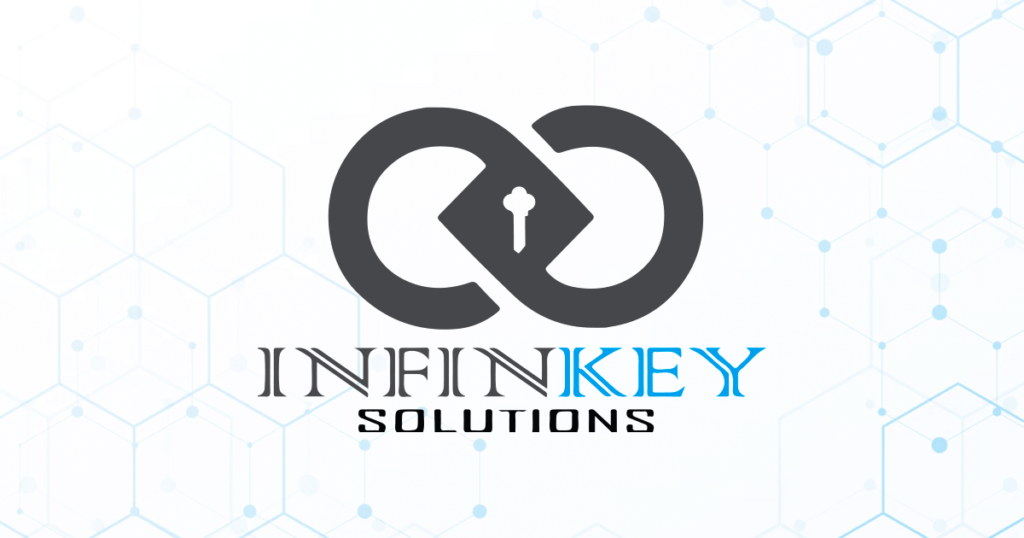
Lean Management is a smart way to make healthcare better for everyone. It helps hospitals and clinics save time, cut down on waste, and give patients the care they need. By focusing on what matters most to patients, Lean makes sure that every step in their journey is smooth and efficient. In today’s busy and challenging healthcare world, Lean is a helpful tool to improve patient care, reduce delays, and make better use of resources. With Lean, healthcare providers can work smarter and give patients a better experience overall.
Small changes lead to big results. How could your clinic benefit from Lean? [Get the Free Checklist: 5 Lean Steps to Try Today]
